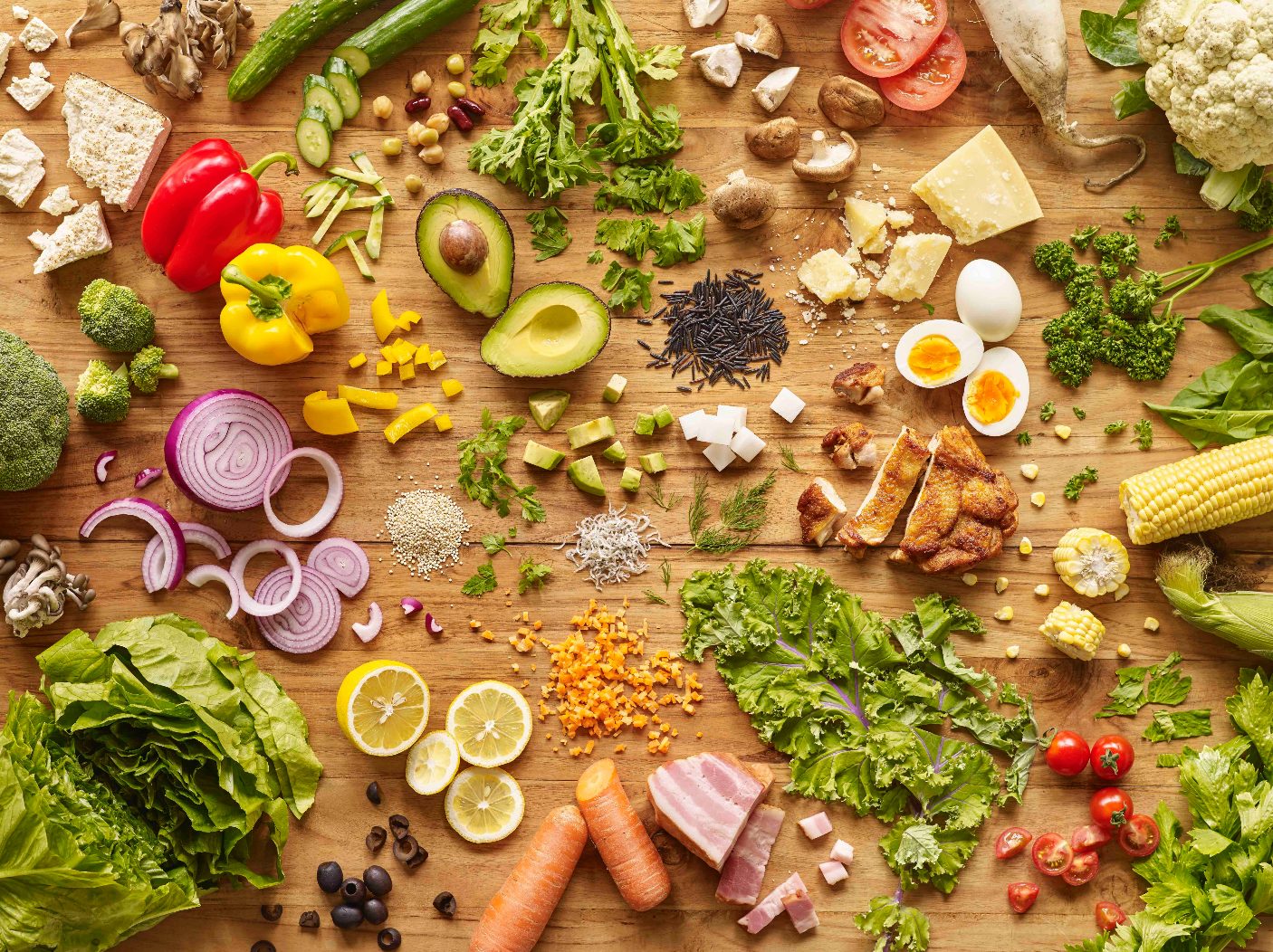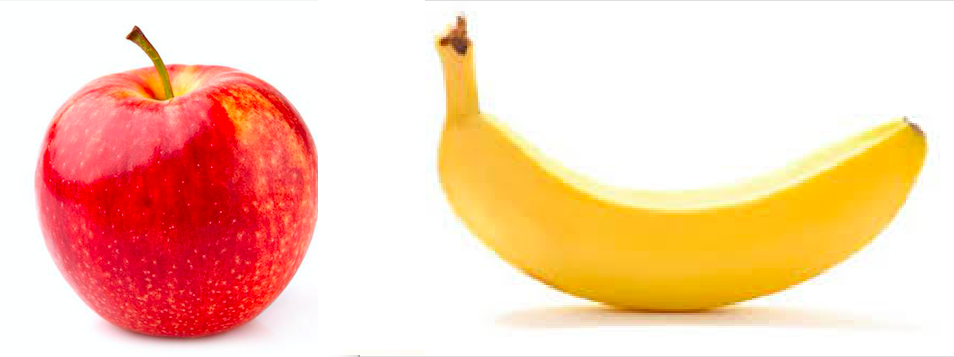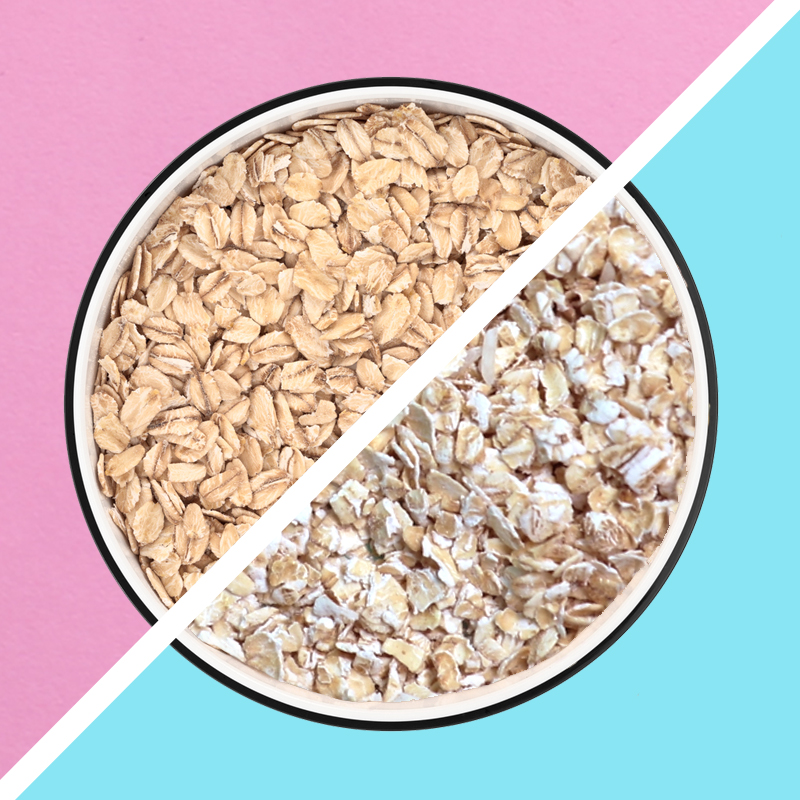
If you subscribe to our newsletter, or just have heard the term “low-glycemic” thrown around in various recipes or linked to certain “magic diets”, you may be wondering what this actually means. It can be incredibly confusing to navigate all the various marketing claims nowadays, including the term “low-glycemic”, and I’m here to help you get down to the basics!
The term “low-glycemic” refers to the Glycemic Index of a particular food – AKA “GI”. It’s a measure of the blood glucose-raising potential of the carbohydrate content of a food, compared to a reference food, which is generally pure glucose, clocking in with a whopping GI of 100. Carbohydrate-containing foods can be classified as high (≥70), moderate (56-69), or low-GI (≤55). In general, foods containing carbohydrates that are easily absorbed and metabolized (AKA“simple carbs”) have a high GI (GI≥70 on the glucose scale), while low-GI foods (GI≤55 on the glucose scale) have slowly digestible carbohydrates (AKA “complex carbs”) that cause a reduced blood sugar spike.
So, what’s really happening in my body when I eat high-GI foods?
To break it down, the consumption of foods deemed high-GI, result in higher and more rapid increases in blood sugar compared to the consumption of low-GI foods. These swift increase in blood sugar can lead to something called hyperglycemia, which simply means an abnormally high glucose concentration in our blood. Have you ever felt exhausted, thirsty or find yourself running to the bathroom to pee after a carbohydrate-heavy meal? It could be a sign that you are experiencing high-blood sugar levels, and can be an early sign that your pancreas may not be working optimally. If you are experiencing any of these warning signs, always talk to your naturopathic doctor to order the testing needed to get to the bottom of your symptoms!
Having these elevated sugar levels in our blood acts as a powerful signal to our pancreas to pump out insulin, a hormone that helps your body turn blood sugar into energy. When you’re resting, or your body doesn’t need insulin for quick energy, insulin also helps your body store it in your muscles, fat cells, and liver to use later, when your body does need it.
Although we want our body to produce insulin when we need it to, or when we indulge in that slice of double-fudge chocolate cake, a constant stream of insulin or an insulin spike can lead to an over-production of insulin. As our pancreas is trying to keep up with our consumption of high-GI foods, it can result in something called hypoglycemia, or “low-blood sugar.” This sharp decrease in your blood glucose can make you feel shaky, dizzy, anxious or the ever-dreaded “hangry” – both starving and mad about it!
In contrast, consuming foods labelled as low-GI, actually result in a more gradual, sustained increase in your blood sugar and demands less insulin to be released to combat the sugar load. This is particularly helpful to keep our blood sugar levels stable all day long, allowing us to feel energized for whatever the day has to throw at us!
How does this translate into the foods in your daily diet? How can you avoid the rapid highs and lows, while providing your body with the nutrition it craves?
In general, following these 3 simple tips will help to reduce the glycemic index of your diet, and is synonymous with healthy eating basics!
1. Consume non-starchy vs starchy vegetables (think – artichoke, asparagus, beets, broccoli, brussels sprouts, cauliflower, cabbage, salad greens). Opt for lower-glycemic fruits such as apples, pears, peaches, and berries as your go to sweet-tooth fixes. Although tropical fruits like bananas, mangoes, and papayas rank higher on the index than other lower-glycemic fruits, they still come in lower than standard desserts (not to mention are jam-packed with vitamin C)!

Apple: 36 VS. Banana: 54
2. Incorporate whole grains more often, in the least processed form as possible! Think whole-kernel bread, brown rice, whole barley, millet, bulgur, quinoa, barley and steel cut or whole oats! In general, whole grains are higher in fibre and have less effect on blood sugar compared to refined, processed grains like white bread and pasta.

Instant oat porridge (processed): 79 VS.
Rolled oats porridge (whole-form): 55
3. Limit concentrated sources of sugar – these include the ones that typically come to mind (cakes, cookies, chocolate bars, ice-cream), but also includes some foods that may surprise you as the top offenders – dried fruit, fruit juice, maple syrup, and honey. When attempting to lower your overall glycemic index, use these sugar sources sparingly and be mindful of portions when “drizzling” that pancake with maple syrup (it’s easy to lose track – believe me!)

Mars Bar: 61 VS. Dried cranberries: 64
If you’re wondering how your diet measures up on the glycemic index, both Harvard Health and the Canadian Diabetes Association have compiled helpful resources of common foods and their individual GI ratings:
https://www.health.harvard.edu/healthbeat/a-good-guide-to-good-carbs-the-glycemic-index
https://guidelines.diabetes.ca/docs/patient-resources/glycemic-index-food-.pdf
Naturopathic Doctor
